What is it?
This Kia Picanto is potentially the last of a dying breed, if we’re being honest (and perhaps a bit dramatic).
The humble value-orientated city car has been on its way out for several years, meaning similarly diddy and affordable combustion-powered competitors for this facelifted version of Kia’s diminutive Picanto are now limited, essentially, to the closely related Hyundai i10, the endangered Volkswagen Up, the Fiat Panda and the Suzuki Ignis.
Each of those has been subject to a fairly comprehensive overhaul in the not-too-distant past, but this third-generation Picanto is still relatively fresh from the oven, so it receives only subtle tweaks for this round of updates. Design changes are reserved for the range-topping GT-Line and jacked-up X-Line cars, with the humble standard car making do with new personalisation options, a larger and slicker infotainment display (on applicable trims) and added safety kit.
More significant are revisions to the powertrain line-up. The old 1.2-litre naturally aspirated engine has been swapped out for a smaller 1.0-litre three-cylinder unit on all but the range-topping GT-Line and GT-Line S cars, which gain a zingier 99bhp turbo triple. The optional four-speed automatic gearbox is gone, too, making way for a new five-speed ‘automated manual’ unit which, if you’ll allow the tenuous and generous link, operates a bit like the old BMW M3’s SMG ’box (in principle, at least), although the five-speed manual remains an option at all levels.
Trims follow Kia's eminently sensible naming strategy: entry-level 1 keeps things simple with 14in steel wheels, keep-fit rear windows and black plastic body trim, while 2 trim brings a touch of chrome, electric mirrors and more ostensibly upmarket interior materials. Our test car was specified in mid-rung 3 trim, which brings such luxuries as LED indicators, colour-coded exterior trim, 15in alloy wheels, cruise control and automatic air conditioning.
 ...
...

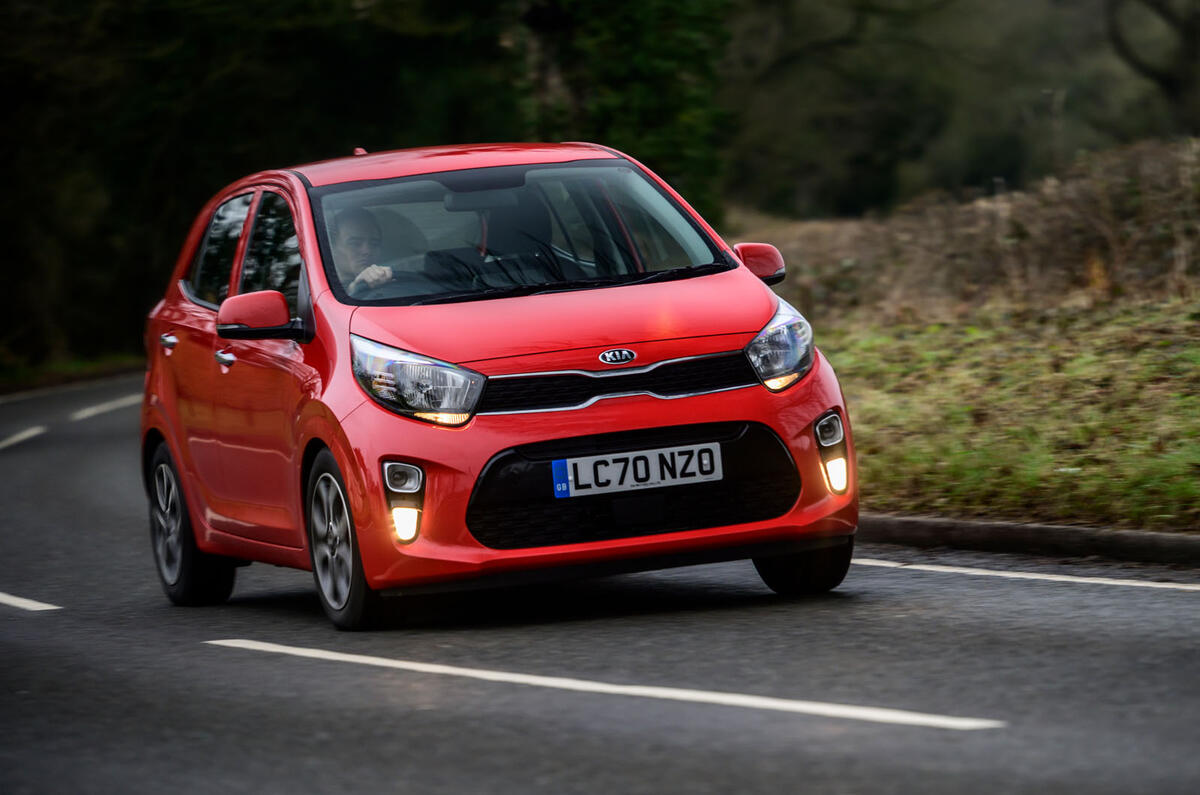


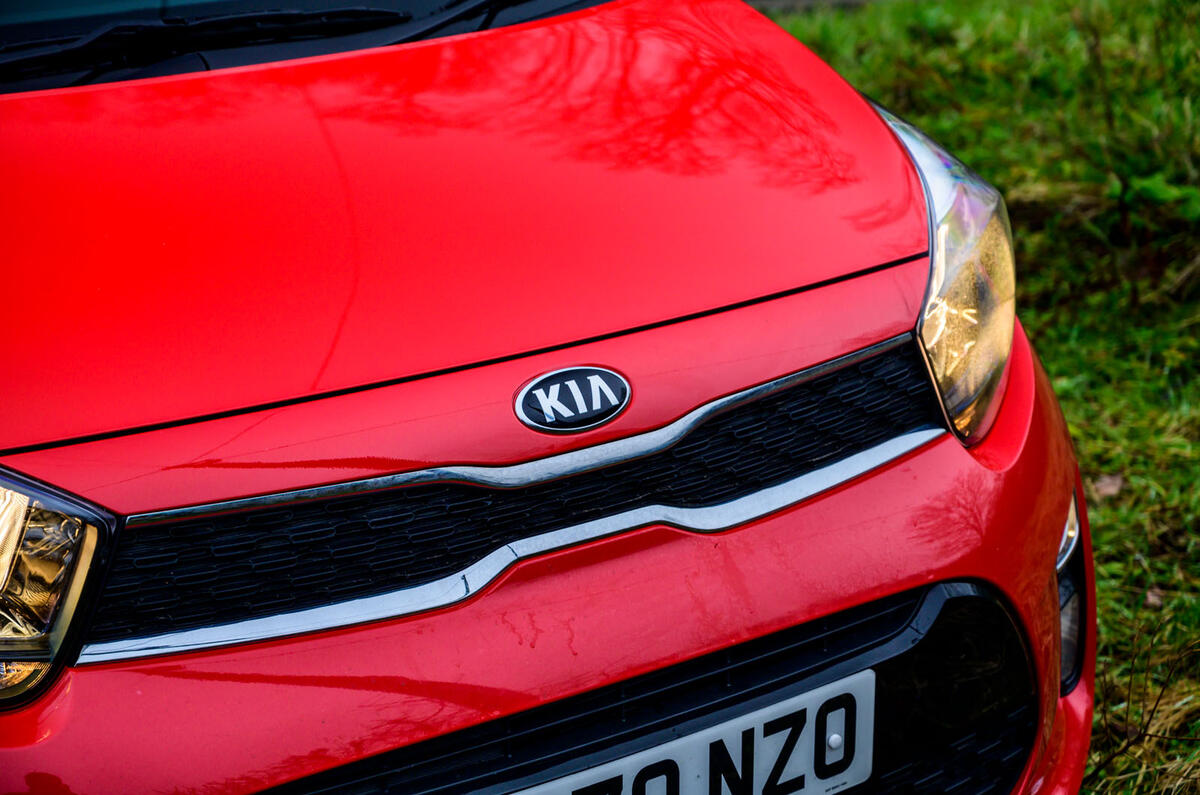


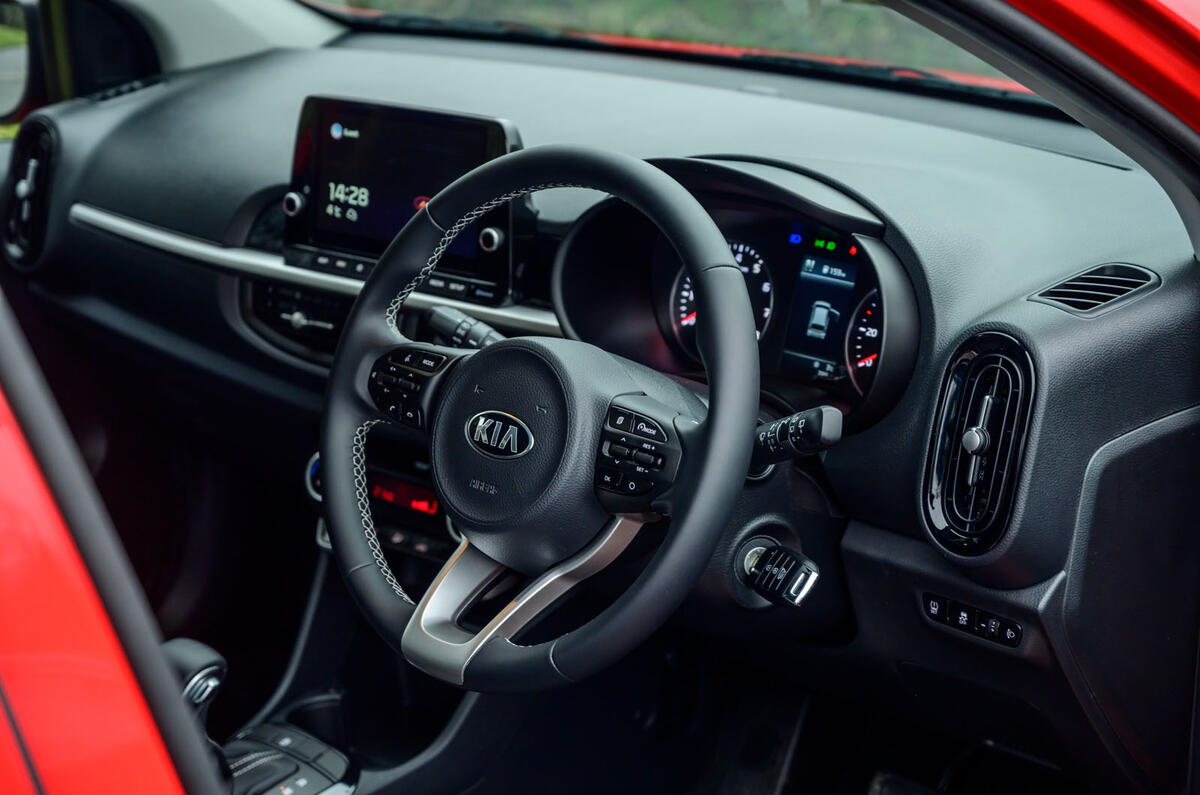



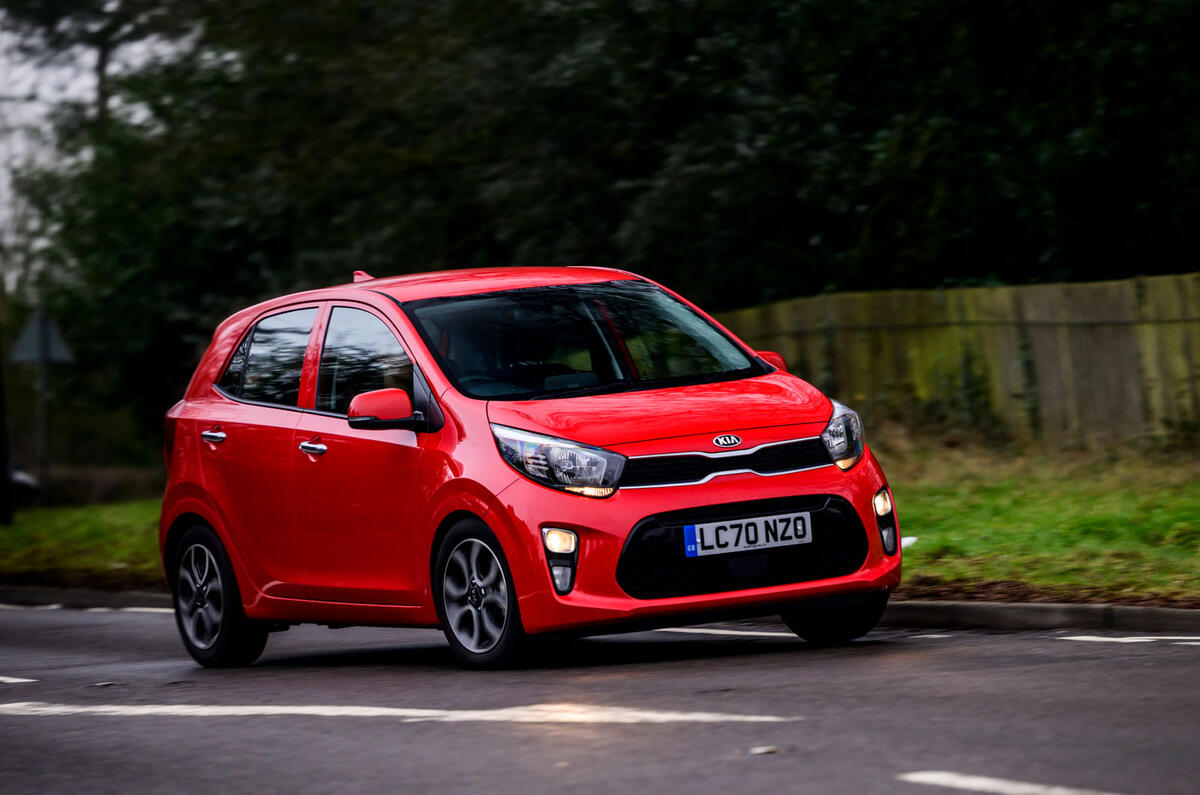

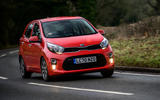




















Join the debate
Add your comment
The inlaws have a 1.2 Picanto auto. It's a very able little car, and the torque convertor auto box does exactly what it should do - shifts easily and sensibly.
Bizarre that they're swapping out for an automated clutch box, unless its just for emissions. Honda tried that with the second gen Jazz (i-shift). it didnt go well after a customer revolt.
My inlaws, should in theory be well suited to an EV. Except they live in a terraced house with on street parking. Dont for a minute think they have any interest in plugging an EV into a street-based charging point, if one were ever available. They definitely wouldnt want to do it at night, on a wet November evening. They have even less interest in driving somewhere for the sole reason of charging their car, away from their home.
Small cheap economical petrol cars will not go away. People want to buy the fuel then need and park it without the hassle of proximity to charging.
This sector is neither dead or dying, there has been leavers and joiners over the years and always will be.
I like the Picanto, it offers much better value for money that the incredibly expensive sister car the Hyundai i10 but since the facelift they've dropped the 1.2 engine which is ridiculous.
And whilst the rest of the range has 5 seats, the GT Line with the 1.0 turbo engine has 4, despite this trim having 5 seats overseas. Bizarre.
Anyway, the real city car test I want to see is the Kia Picanto 1.0 T-GDi GT-Line versus the Hyundai i10 N Line versus the VW Up GTi. I quite like the idea of a pocket rocket, and the Picanto is the only one, after a decent discount that the others won't entertain, that is almost reasonably priced in lower GT-Line (not GT Line S) trim.